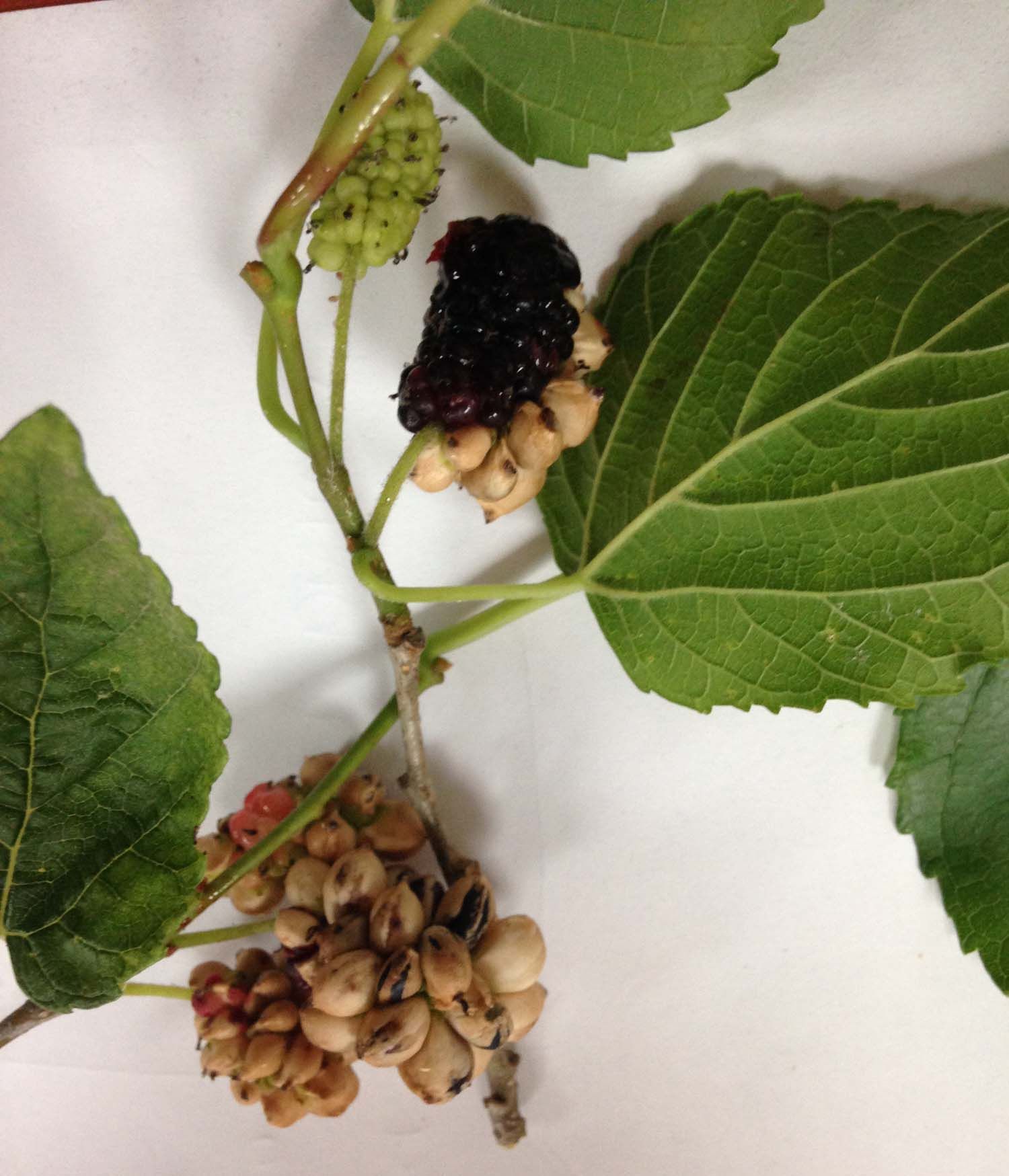Weird growth, spots are signs of disease
Published 12:00 am Friday, June 13, 2014
SALISBURY — Disease and plant problems have started to arise due to recent rain, storms and humidity. Our office has been hammered with these questions and a few unusual plant identification requests:
Question: Something is wrong with my mulberry tree. The fruit has weird growth all over it. What is this and what can I do?
Answer: The client submitted photos of the mulberry fruit, which was misshapen and had what seemed to be popcorn kernels all over. This “popcorn” disease is a fungus that continues to live in the debris left behind from fallen fruit, continuing the disease’s life cycle. There is really only one option and that is to remove all of the fruit showing the “popcorn” symptoms. It means you have to collect all of the fruit on the tree and on the ground with symptoms and destroy it or remove it off site.
Question: I have spots on my tomatoes. What is this?
Answer: The sample brought in had two diseases, septoria leaf spot and early blight. After speaking with the client, we found out they were overhead watering, watering every day and had the tomatoes too close together. Both diseases are spread through wind and rain, and they stay in the plant debris. Crop rotation, spacing, proper watering and scouting are very important to control of this disease.
Question: I have these tiny brown specks on my squash. Is this a disease and what should I do?
Answer: This was a question covered last week, but we will mention it again. This question specifically asked about squash bug eggs. Squash bugs will plague your gardens throughout the season and you must keep a good watch over them. Squash bugs lay their eggs on the tops and bottoms of leaves and they will also lay eggs on the stems. Crop rotation, garden sanitation and scouting are the first line of defense. If you allow the squash bugs to remain, you can lose your plants because as they feed they inject toxins that can eventually kill your plants. You can squash the eggs, adults and nymphs. Removing the leaves and destroying and/or removing them off of the property also helps. There are some chemical controls, but they are limited and we always recommend using other methods first.
Question: What is the plant growing in this community garden?
Answer: The plant in question is actually rice. We do not see this grown very often except in our Asian, Laotian and Hmong communities. Growing rice is not for the faint of heart, but this crop is ingrained in the Asian, Laotian and Hmong cultures and we see this grown from time to time. The community garden the client visited is one actually dedicated to a Hmong community in Catawba County.
For more information on disease, pests and plant identification, contact your local Cooperative Extension agent at 704-216-8970.
Mulberry popcorn disease: http://mcdowell.ces.ncsu.edu/Mulberry/
Tomato diseases: http://tomatoes.ces.ncsu.edu/tomatoes-page_id2118/
Squash bugs: http://caldwell.ces.ncsu.edu/2013/06/squash-bugs-active-now/?src=rss





